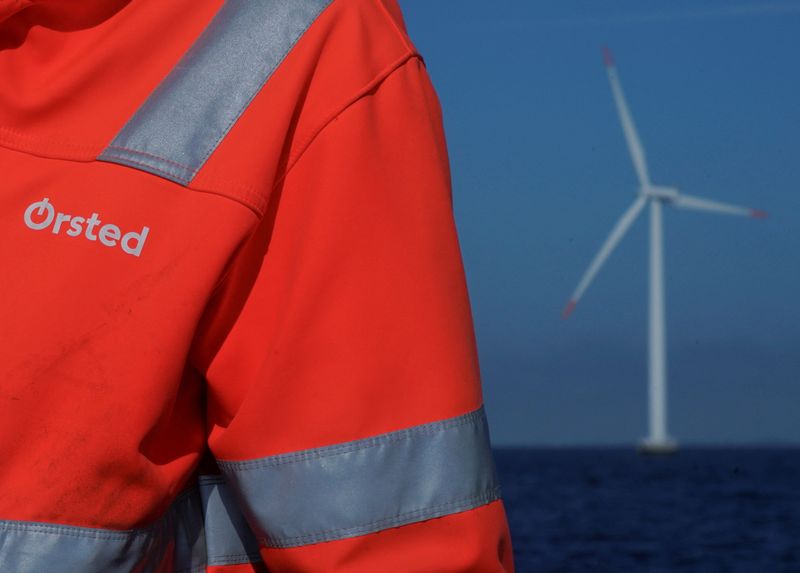NEW YORK, NY – The global wind power sector is set to experience less capacity growth than previously anticipated over the next decade, according to a recent report by consultancy Wood Mackenzie.
This news comes after one of the nation’s largest planned offshore wind projects in New Jersey fell through. Orsted pulled out of an agreement with the State of New Jersey to build two massive wind farms off the coast of the Jersey Shore.
This slowdown is attributed to financial challenges in the U.S. offshore wind industry and delays in approval and project execution in China.
Orsted, the leading offshore windfarm developer globally, along with energy corporations such as BP and Norway’s Equinor, have reported significant financial impairments on their U.S. offshore wind power portfolios. These impairments, amounting to hundreds of millions of dollars, are due to escalating financing costs and supply chain delays.
Wood Mackenzie has revised its forecast for global wind power capacity by the end of 2032, cutting it by 29 gigawatts (GW). This adjustment brings the expected cumulative installed capacity down to 2.35 terawatts.
The downgrade represents a less than 2% change in previously projected capacity. Over 80% of this reduction is attributed to challenges in key markets, notably the United States and China.
Despite the revised forecasts, long-term market fundamentals for the wind power sector remain robust.


